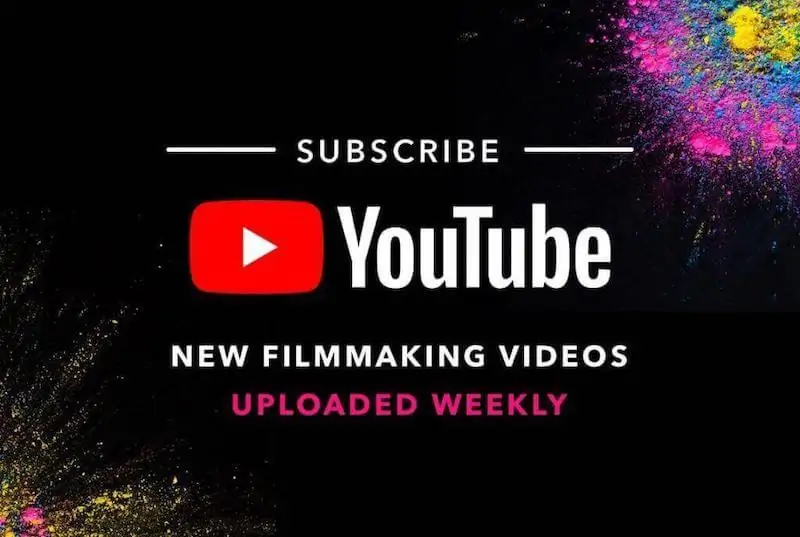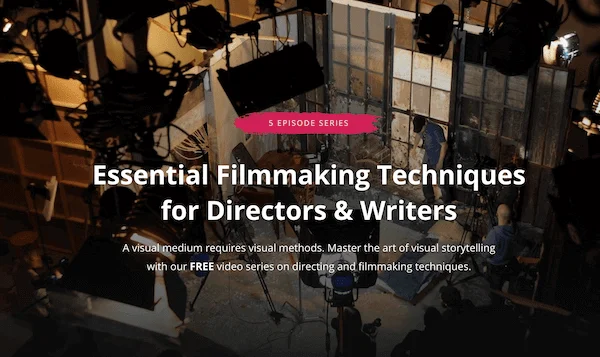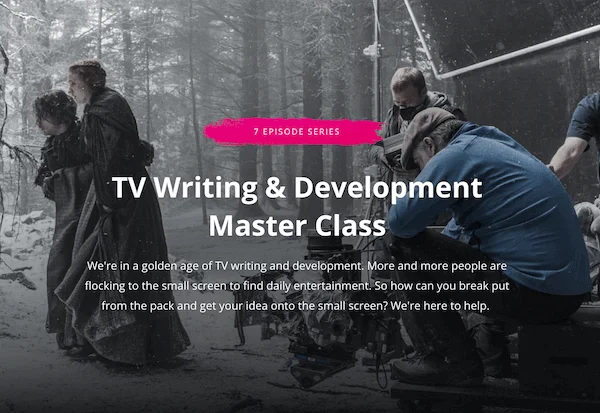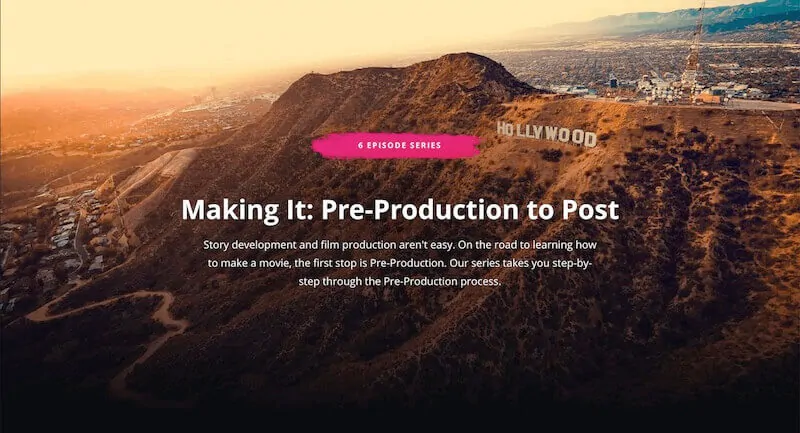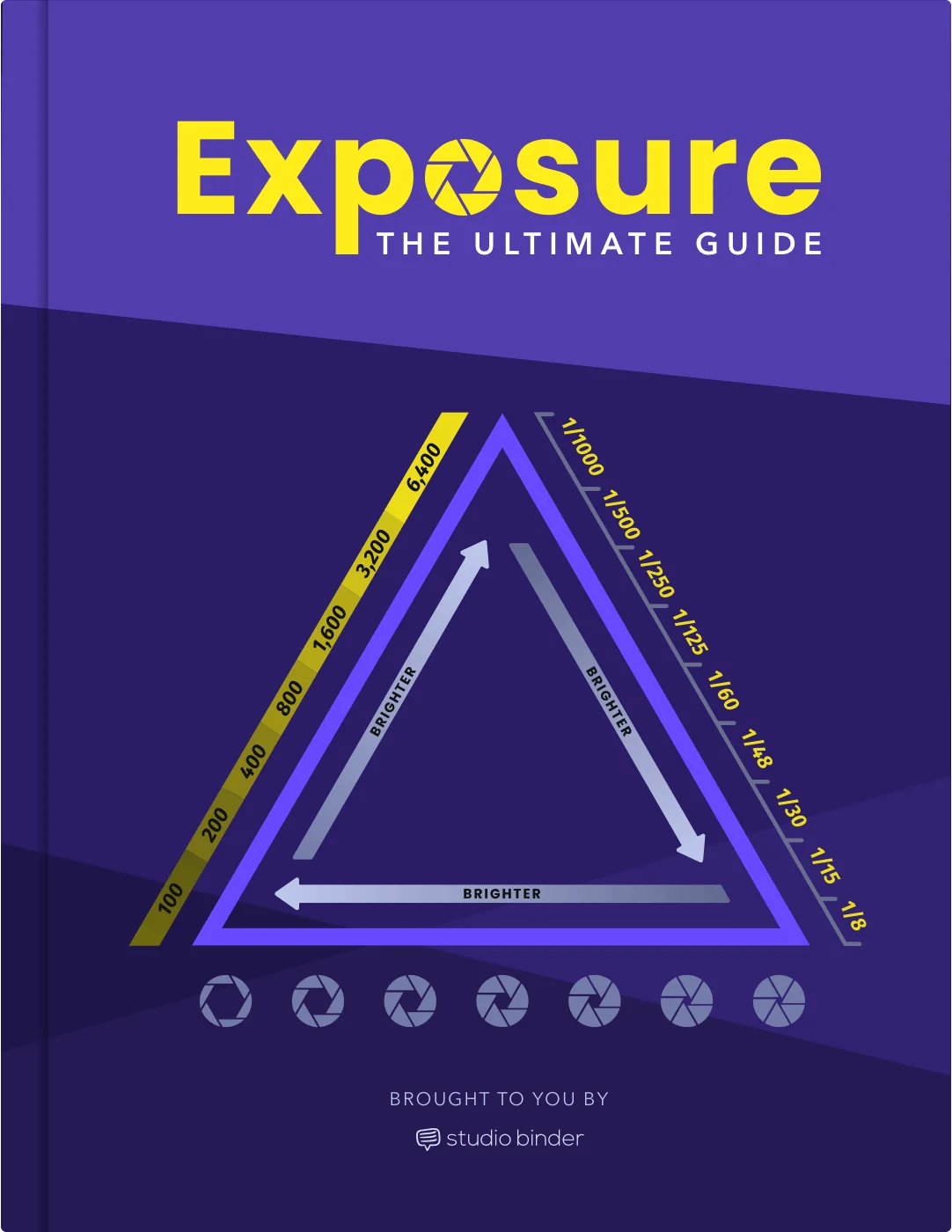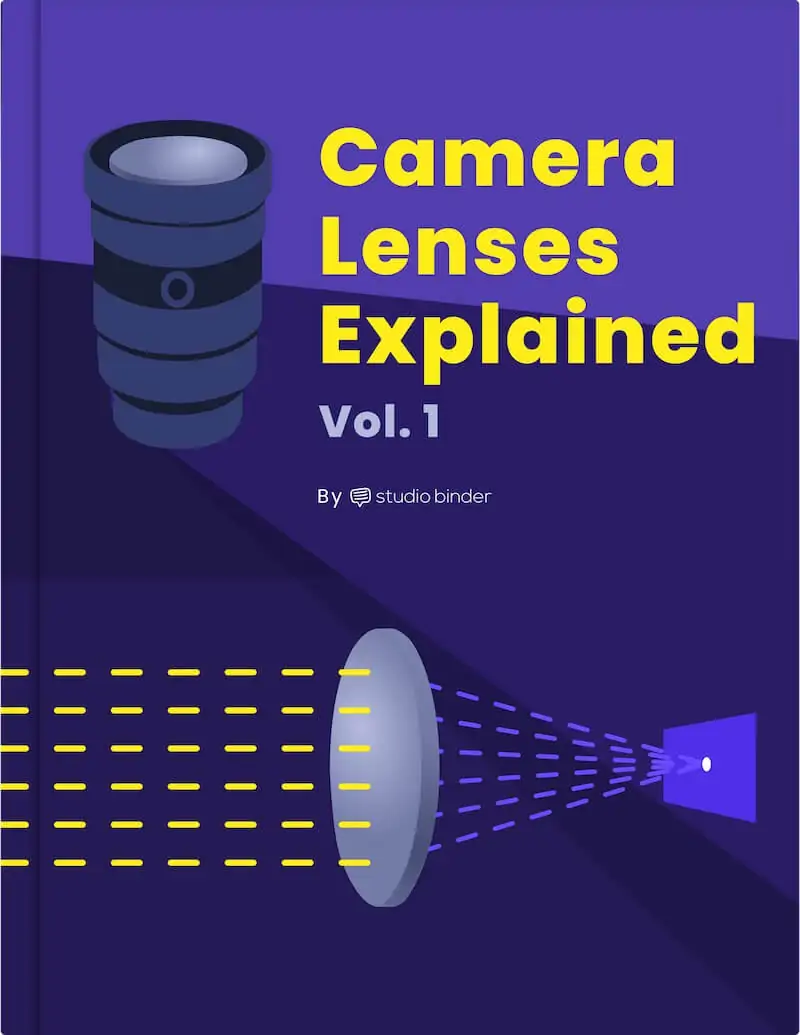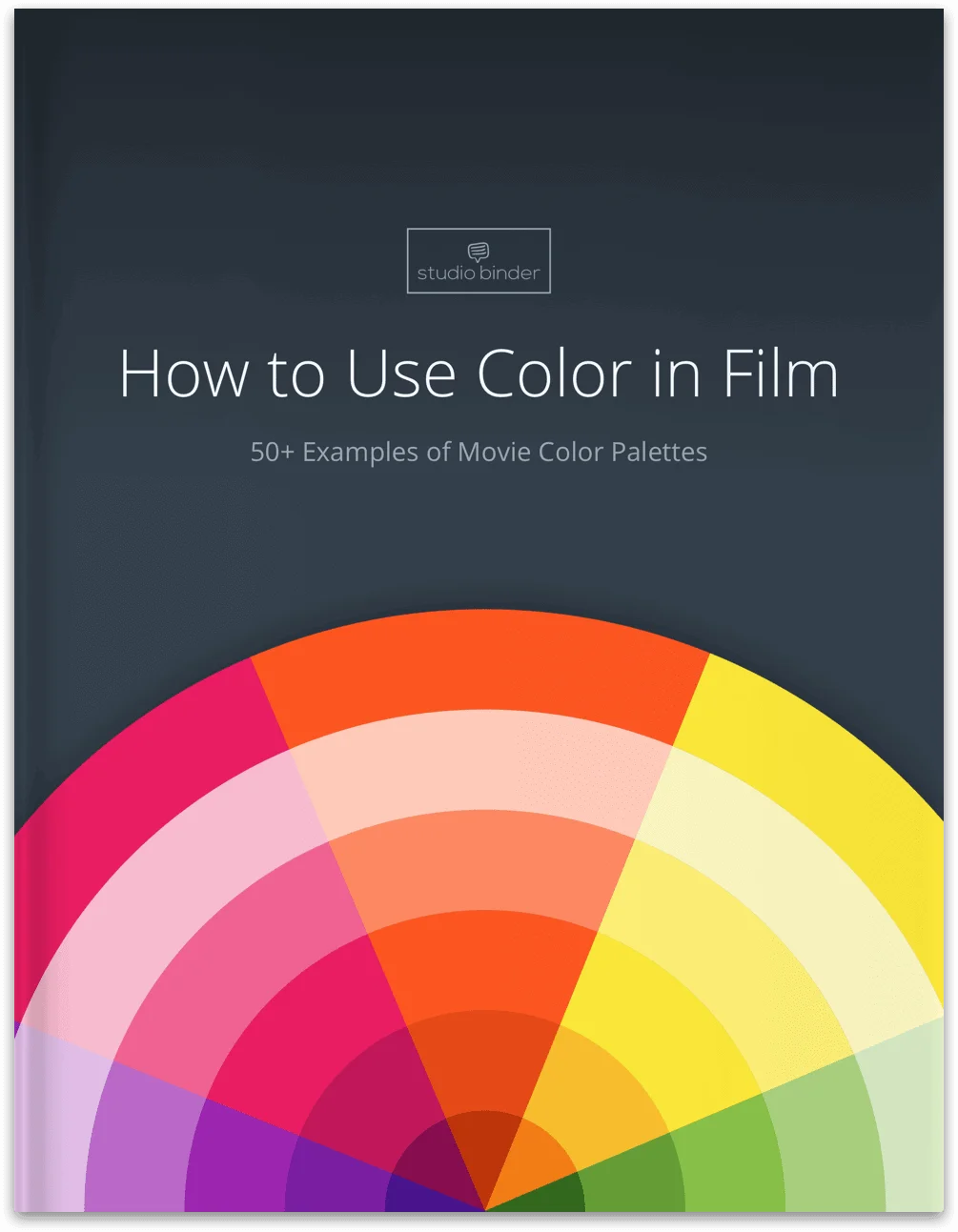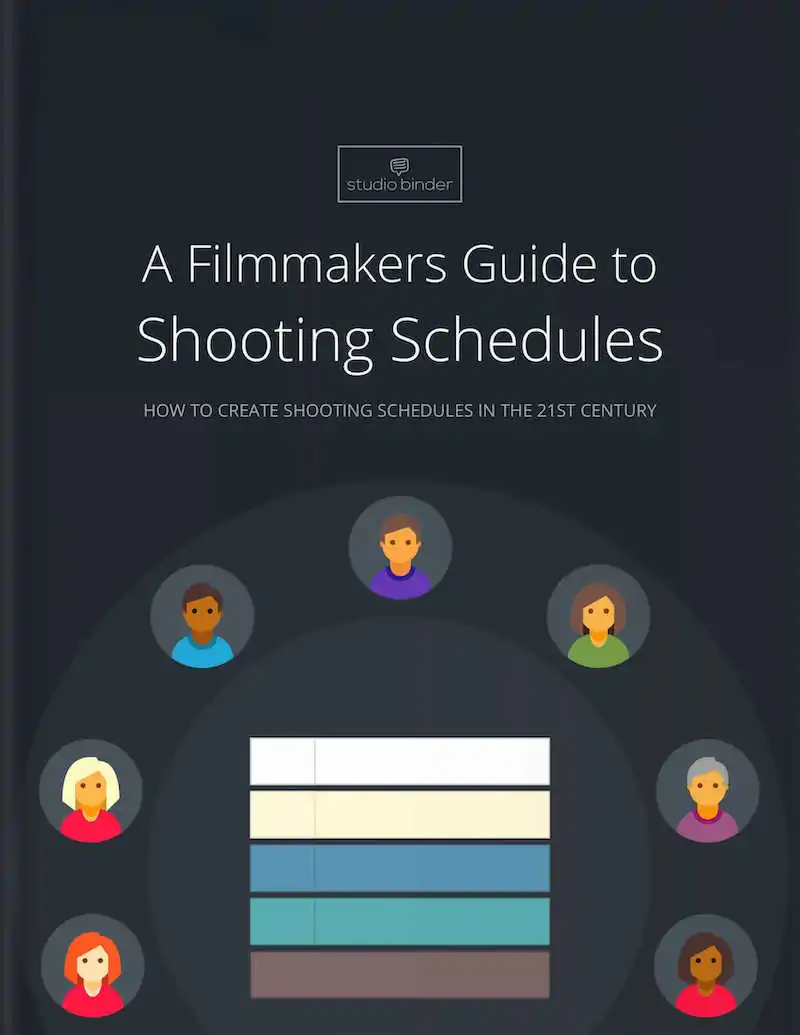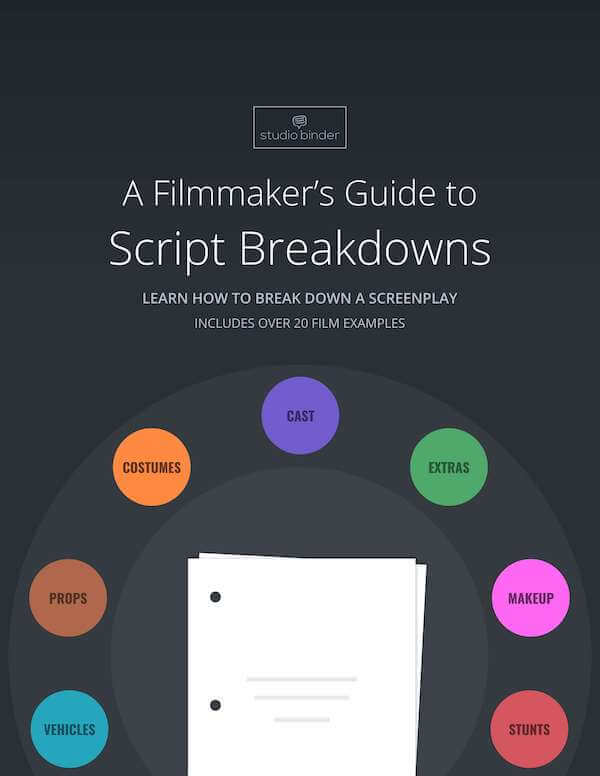What is something each and every story ever told has in common? If you guessed “a setting,” you’d be correct! When your narrative involves characters and motivation, a setting is almost always a given. Sometimes a setting is massive and expansive, while other times it’s small and intimate. So what is a setting, what does setting mean, and how can it be presented, identified, and crafted? We’ll go over a basic setting definition before embarking on an adventure full of helpful info and setting examples. Continue reading Setting Examples — How to Use Time and Place in Film & Lit.
Parallelism, or parallel structure, is a grammar style that ensures linguistic clarity. We’re going to explore parallelism examples from writing with the goal of better understanding parallel structure. By the end, you’ll know how parallelism works, and how to implement it in your writing. Tip: that last sentence was an example of parallelism in action!Continue reading Parallelism Examples — Writing, Speeches, Shakespeare & More
What is an anecdote? In simplest terms, an anecdote is a short story that illuminates a nuanced facet of a greater subject matter. We’re going to break down anecdotes by looking at their definition — and anecdote examples in film and literature. By the end, you’ll know how to recognize and implement anecdotes in your own works.Continue reading What is an Anecdote — Definition, Examples, and Functions
Motifs are a great way to reinforce the theme of your project. Understanding how to build motifs that work requires strong attention to detail and a clear game plan. But what is a motif? Looking for a clear motif definition? Need motif examples in film? All these questions and more will be answered as we dive into the patterns and symbols that can bring depth to your work.Continue reading What is a Motif? Definition and Examples for Filmmakers
Literary devices aim to utilize words to communicate more efficiently and more effectively to readers and audiences. In this article, we’ll be taking a look at a literary device that aims to do just that simply by using the same word or phrase again and again. This is of course repetition. Repetition may seem straightforward, but there are various types of repetition that are defined by how and where words or phrases are repeated. So, what is repetition actually used for? Let’s take a look at those types of repetition and how iconic writers have used them throughout history. Continue reading What…
A soliloquy has the power to give an audience a direct channel into a character's innermost thoughts and emotions. This monologue, delivered alone on stage, whispers directly into the audience's ear, offering an intimate glimpse into the character's psyche. Let’s look deeper on how the best soliloquies have impacted larger stories.Continue reading What is a Soliloquy — Definition and Examples
Typically, films and television shows utilize dialogue and action to communicate information to an audience. But what if you want a character to speak directly to an audience? One of the best tools to do this is the aside. What is an aside in literature and film? Asides have been used in plays throughout history. This technique has inspired screenwriters to this day. In this article we’ll define aside and analyze a few modern examples.Continue reading What is an Aside — Examples & Literary Device Explained
What is third person omniscient point of view? Third person omniscient point of view is the perfect perspective for writers who want to play god. We’re going to define this specific type of point of view by looking at examples from video essays and literature. By the end, you’ll know why third person omniscient POV is considered by many to be the most empowering literary perspective.Continue reading What is Third Person Omniscient Point of View — Writer’s Guide
You might not know what a colloquialism is, but I can guarantee you have used one at one point. What is colloquialism used for? In this article, we’ll explore the colloquialism definition and look at why and how it is used by writers in literature and cinema. Continue reading What is Colloquialism: Definition & Examples
The rule of three is one of the most important rules in all of writing – but what is the rule of three? We’re going to explore this fascinating and useful rule by looking at examples in sentences, situations, and stories. This article will serve as a referential guide for you to circle back to whenever you’re stuck in a writing jam.Continue reading What is the Rule of Three — A Literary Device for Writers











